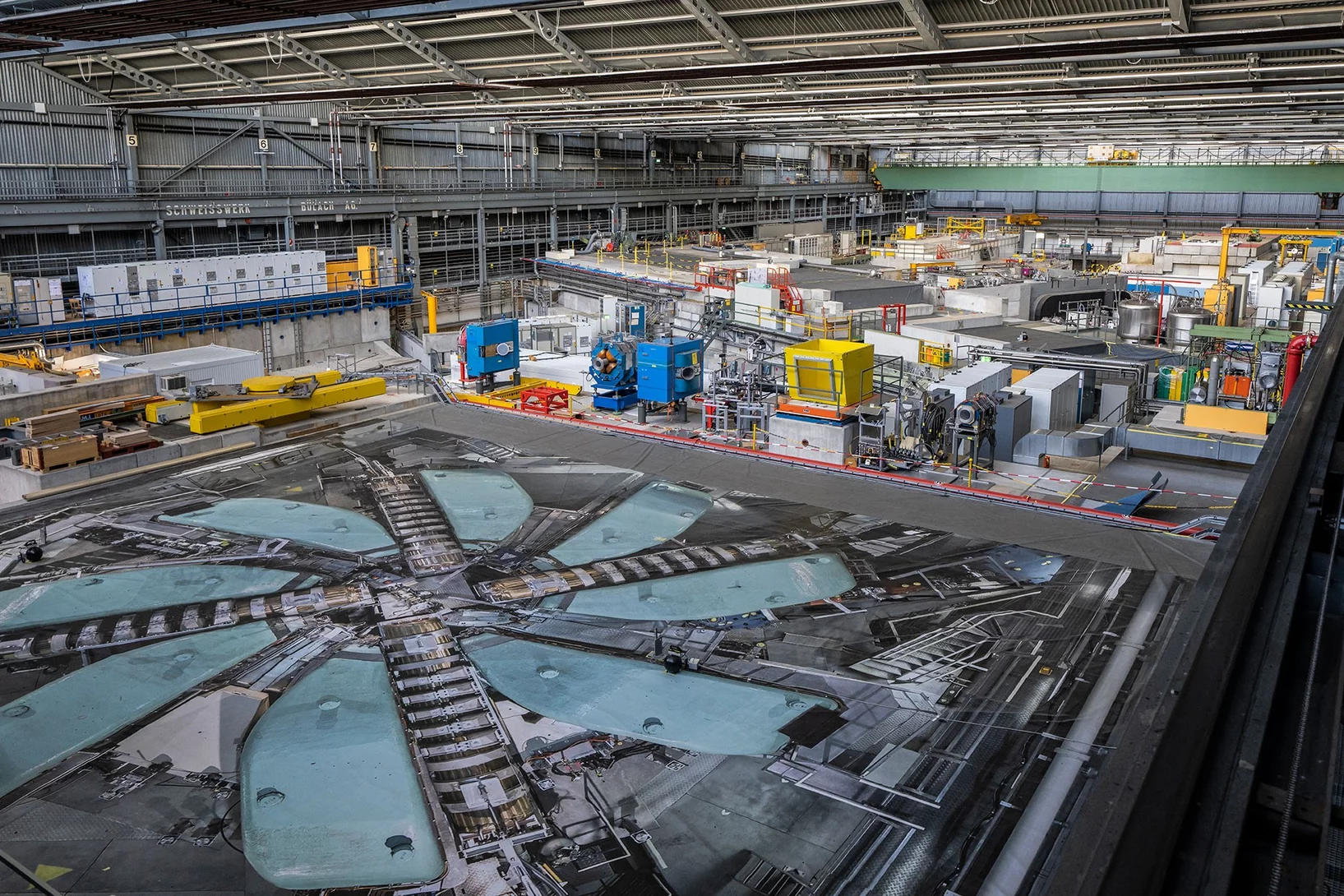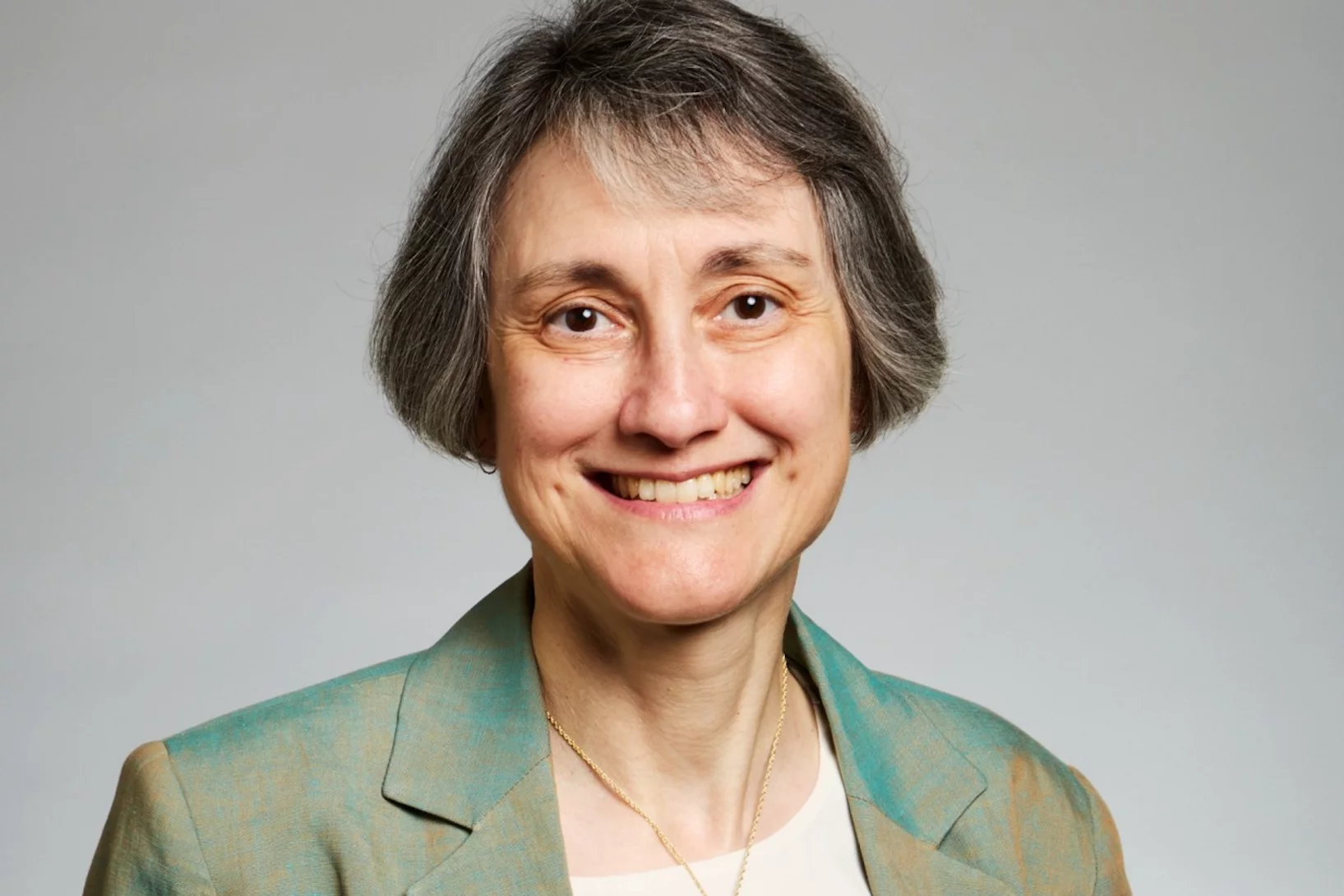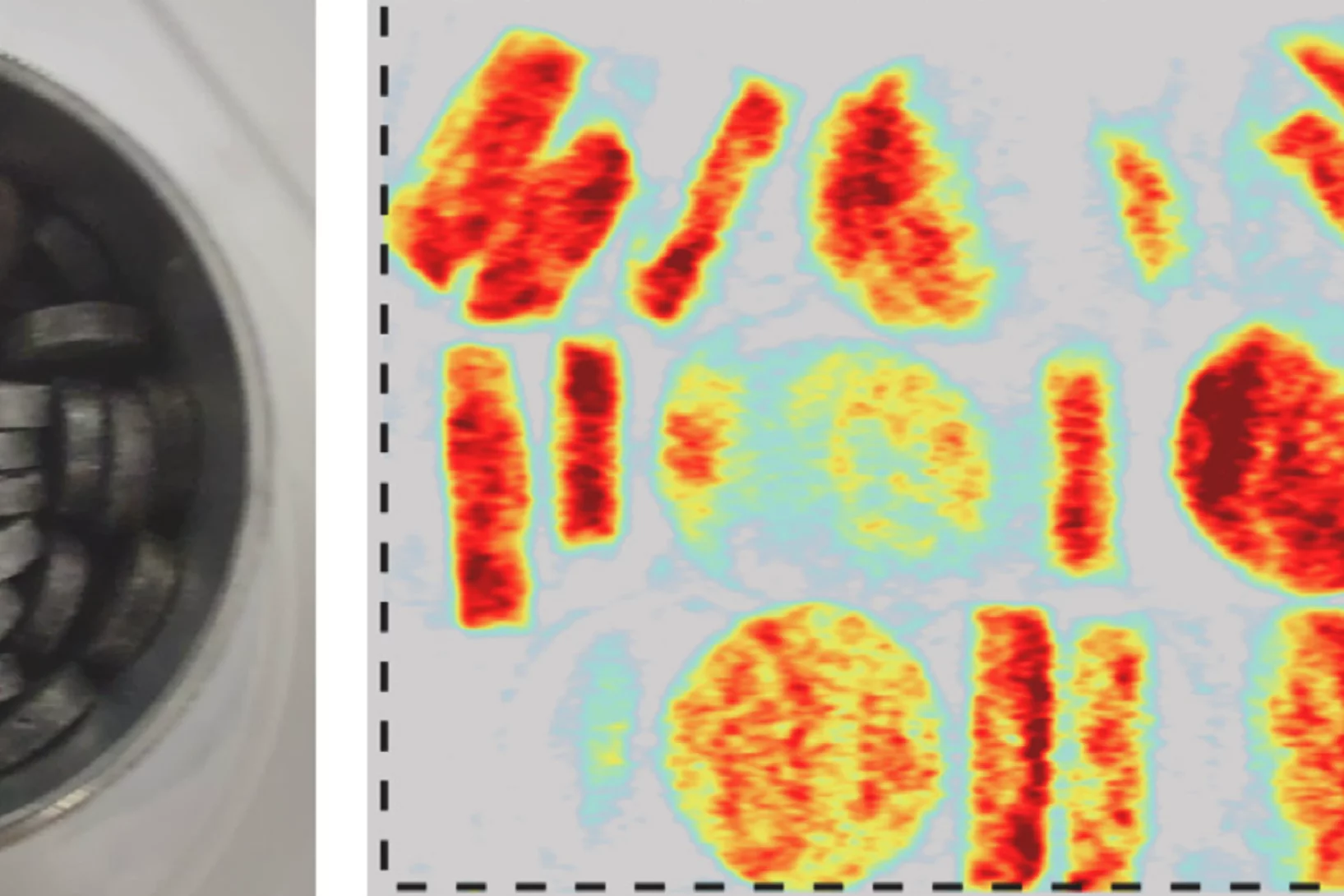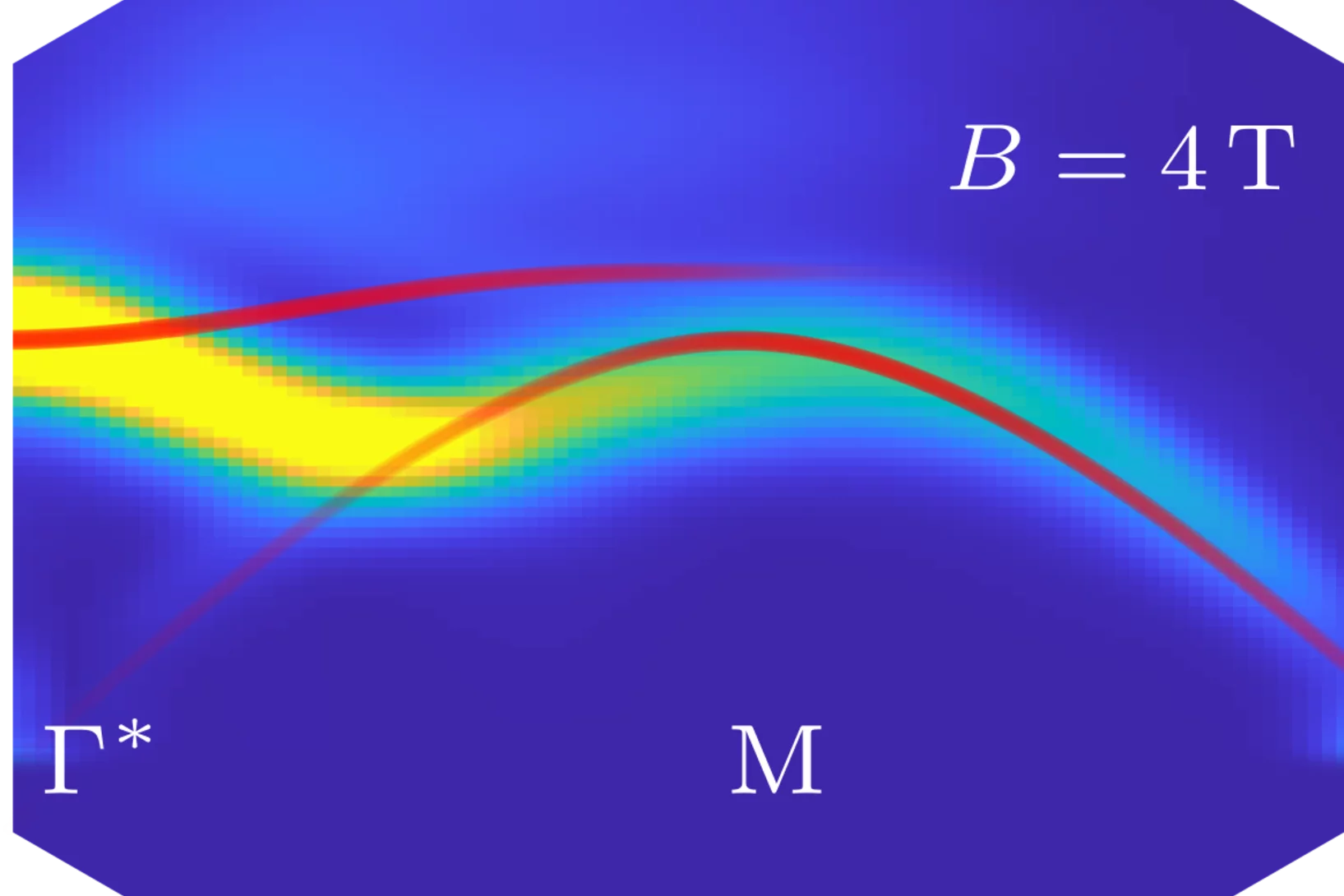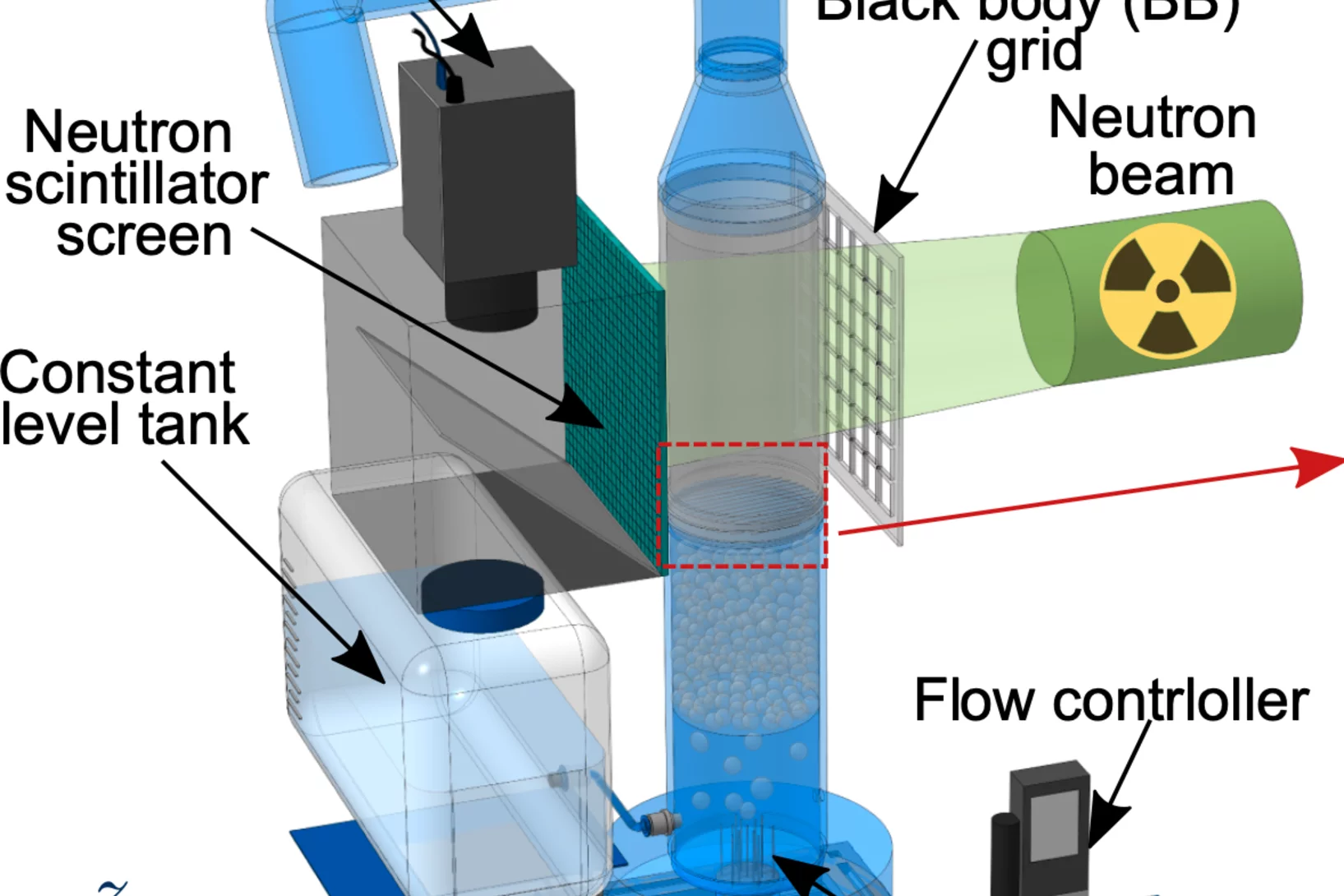News
SμS call for proposals I-26 is open
The call for SμS proposals I-26 (deadline 01 December 2025) is open now.
The Charpak-Ritz Prize 2026 is awarded to Laura Heyderman
Since 2016, the Charpak-Ritz Prize has been jointly awarded by the French Physical Society and the Swiss Physical Society to a physicist or a team for outstanding contributions to physics or its advancement.
Uwe Filges appointed new head of LIN Laboratory
Uwe Filges has been appointed new Head of the Laboratory for Neutron and Muon Instrumentation LIN as of 1 November 2025.
Scientific Highlights
In-situ neutron tomography study of a dehydrating and hydrating packed bed for thermochemical heat storage
To study the heat and water vapor transport and reaction kinetics in a packed bed of thermo-chemical material on both reactor and tablet level, an in-situ neutron imaging study of a dehydrating and subsequently hydrating packed bed consisting of cylindrical K2 CO3 tablets was performed at the Paul Scherrer Institute ...
Field-Induced Magnon Decay, Magnon Shadows, and Rotonlike Excitations in the Honeycomb Antiferromagnet YbBr3
The search for new quantum many-body phenomena in magnetic materials has a strong focus on highly frustrated systems and the resulting quantum spin-liquid state. However, even unfrustrated magnetic materials show a multitude of unconventional features in their spin excitation spectra. By using the synergy of ...
Generating structured foam via flowing through a wire array
Efficient manufacturing methods could unlock foams with tailored, anisotropic properties. Conventional foam production methods rely on the self-arrangement of bubbles, typically leading to isotropic materials, or involve intricate additive layering processes. This study presents a simple, passive technique to modify the foam structure. A set of thin parallel wires ...



